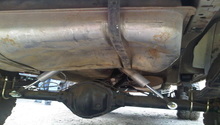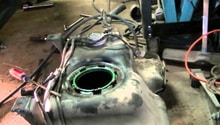Jeep Cherokee 1984-2001: Fuel System Diagnostic Guide
So, does it matter if your Jeep leaks a little gas? It matters a lot! Your Jeep is telling you that it needs help.
This article applies to the Jeep Cherokee XJ (1984-2001).
Leaking fuel is just a bad deal. Besides the smell, the fire hazard, and the decrease in fuel mileage, the Powertrain Control Module (PCM) can also throw a trouble code that turns the check engine light on. Until the issue is fixed, it will stare you down every time you drive your Jeep. Finding out where the leak is in your Jeep is pretty simple. By checking a few basics you can find out what the problem is.

Materials Needed
- New gas cap
- Code reader
- WD-40
Your Jeep's fuel system is a part of the emission controls (EVAP) system that includes the gas tank, the fuel pump, the gas cap, associated lines and valves that go with it, the charcoal canister, and the leak detection pump (LDP). This is a closed system that must be sealed tight or a code will be thrown. The system can detect small leaks—that is what it is for. There can be several causes, so we will just go down the list of possibilities.
Step 1 – Check your gas cap
This can be a simple fix that you don't have to pay for.
If your gas cap is loose or does not fit snugly, it will be detected as a leak. Inspect your gas cap to be sure all of the seals are fresh as well as pliable, there are no cracks, and that it is tightened down per the directions on the cap. Replace it if it looks suspect. You just saved yourself some bucks.
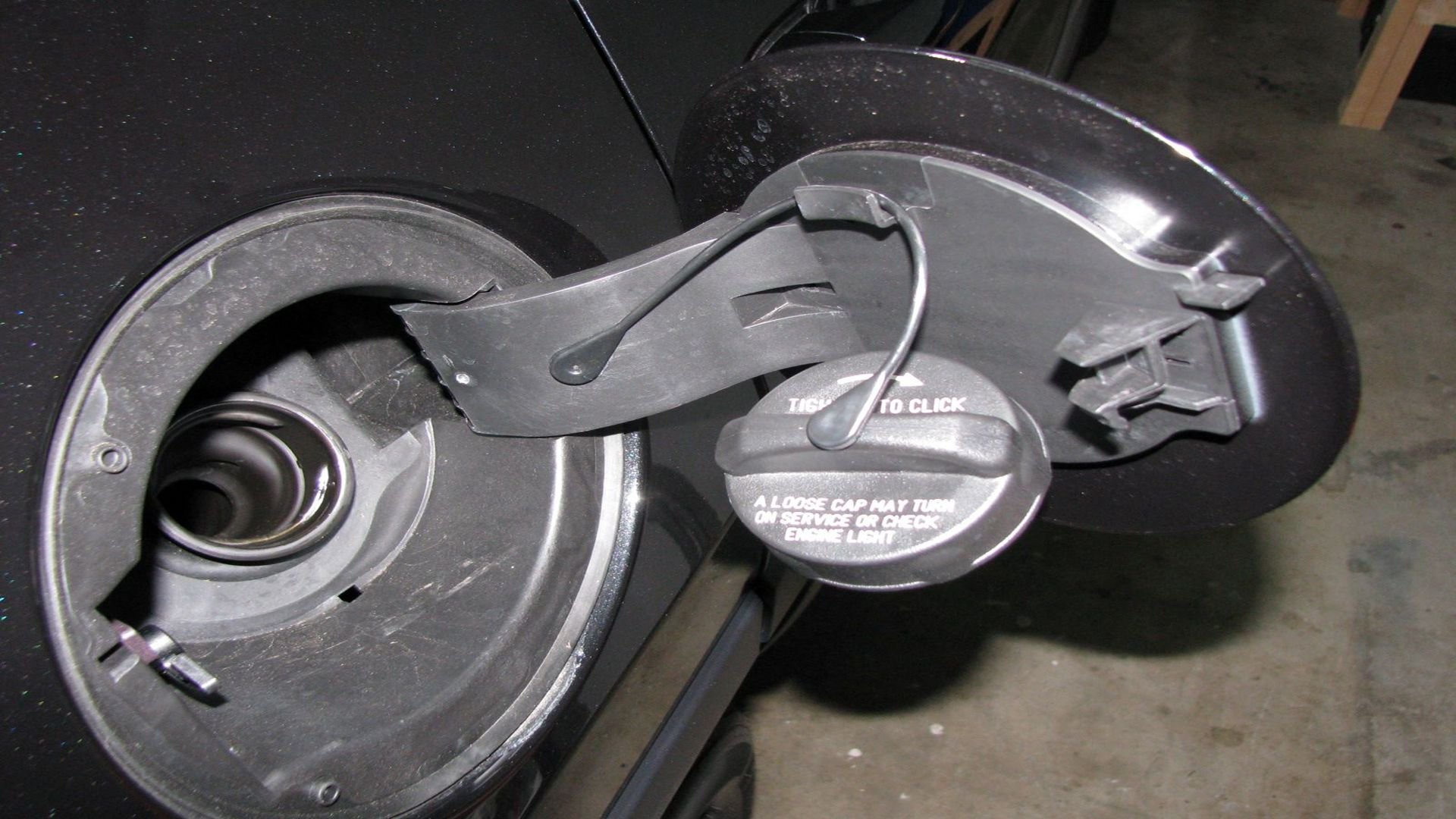
If the fuel door checks out, it's time for the code reader.
Step 2 – Check for trouble codes
These will get you closer to what the problem is.
If you have a trouble code reader, check for any codes that have been thrown. If you don't, you can go to most auto supplies and they will pull them for you. Keep any codes that are read and look up what they mean.
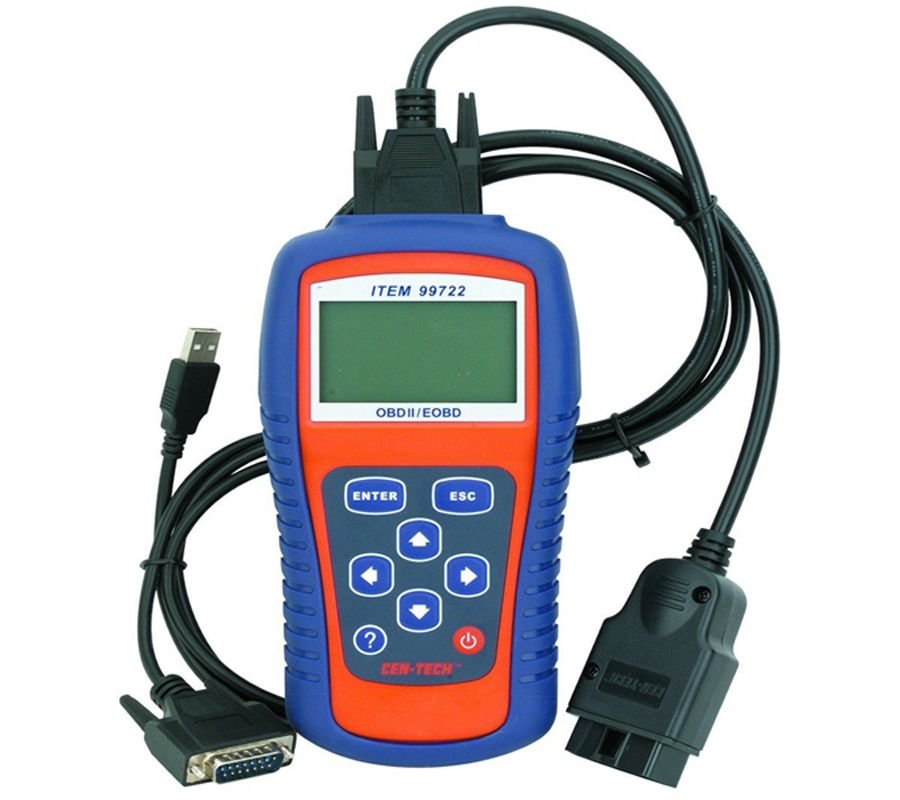
Pro Tip
You can look up the meaning of the trouble codes on the internet. They may not pinpoint the exact cause, but will get you closer. Clear the trouble codes after the repair to make sure it was the problem.
Step 3 – Check hoses and lines
Any leak in the system of hoses, connectors, and lines will cause a trouble code.
Figure 3 shows the components of your EVAP system, including the Leak Detector Pump (LDP). Inspect all of the hoses and connectors that attach to the components. They must be tight and leak free. Check the electrical connections while you are there.
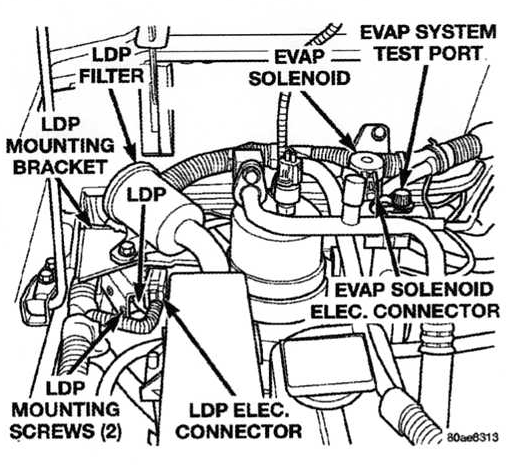
You can repair leaky plastic tubes with a piece of fuel rated hose and clamps. Metal lines that are under pressure require a permanent fix. If there is any question about leaking, the entire line may have to be replaced.
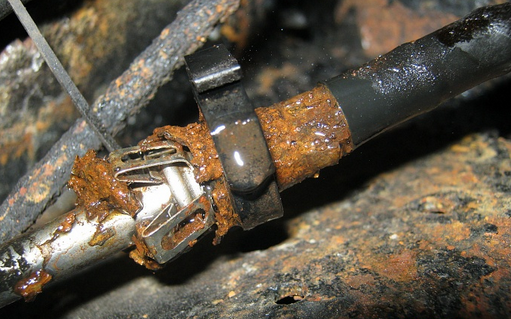
Next check the lines and wires under your Jeep. It is not unheard of for the metal lines under there to rust and leak. When you get to the gas tank, look closely to see if there are signs of leaking.
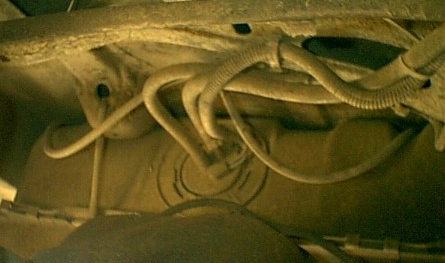
Pro Tip
You can buy replacement fuel and vent lines, both plastic and metal. Allow plenty of time to route the new lines.
Step 4 – Check gas tank
A lot of hoses and openings can leak at the tank.
The charcoal canister is located near the tank. It is a part of the EVAP system, so check it for leaks. The fuel pump is at the front of the tank. It is held in by a locking ring. Leaks are bad on any of these.

Check the seal for the pump assembly and all of the other grommets that seal up any other openings. They can get old and leak. Replacements can be purchased at your auto supply.
Pro Tip
You can loosen the tank straps and let the front of the tank down a little to make it easier to get to the fuel pump assembly. If you are removing the pump, always replace the rubber seal.
Step 5 – Check fuel injector seals
They can leak and cause rough running engine.
Fuel injectors are sealed at the intake and at the fuel rail. If one is leaking, just replace them all.

Pro Tip
Lubricate the new seals well with WD-40 so they go back in easier.
Step 6 – Replace fuel filter
A clogged fuel filter will cause poor performance and could cause excess pressure buildup in areas, leading to a leak. It is a maintenance item that is cheap insurance.
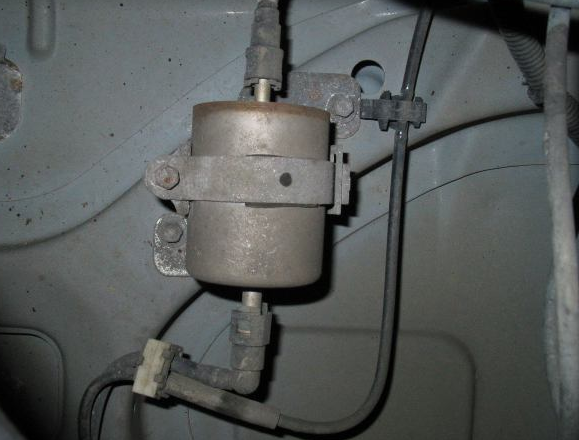
Related Discussions
- P1494 Code, Where Do I Start? - CherokeeForum.com
- EVAP Leak Again - CherokeeForum.com
- Check Engine Light - EVAP Code - CherokeeForum.com
- Cherokee Wouldn't Turn Over - Fuel Issue - CherokeeForum.com
- Leaking Gas Tank - CherokeeForum.com

